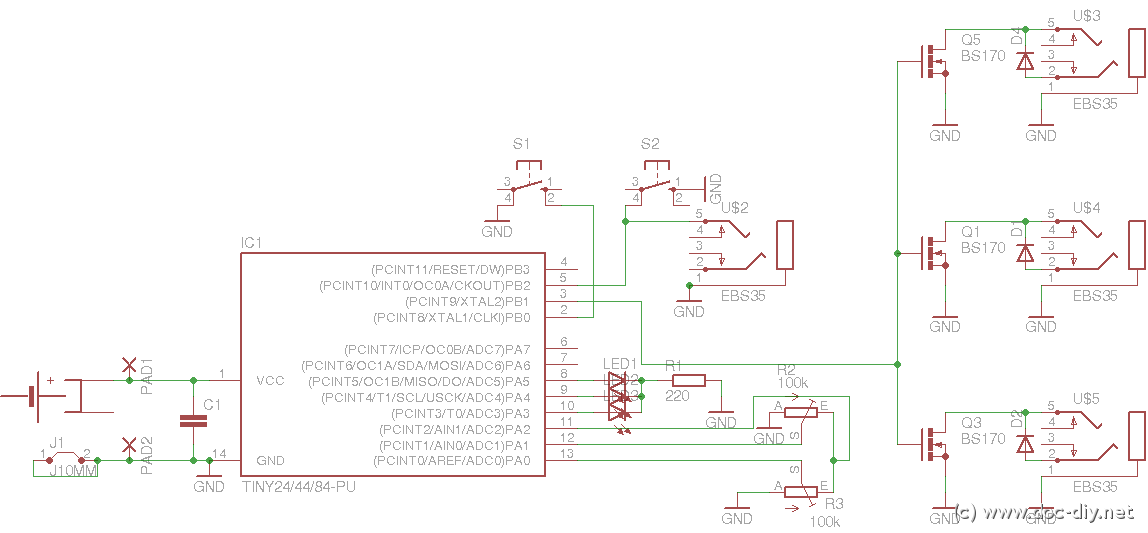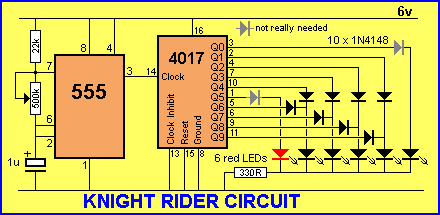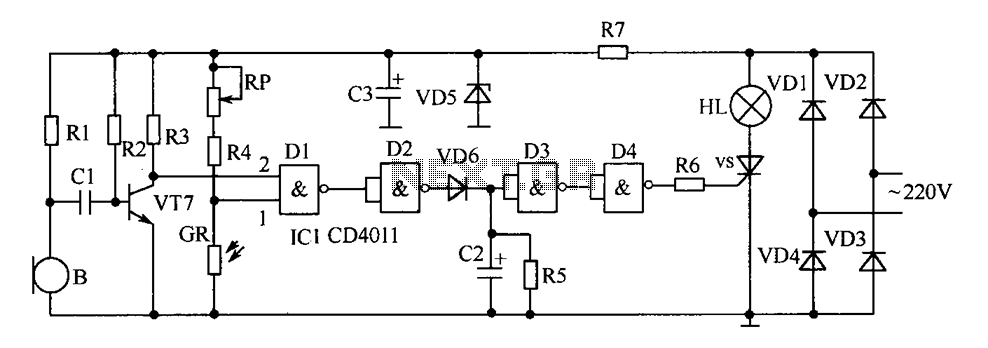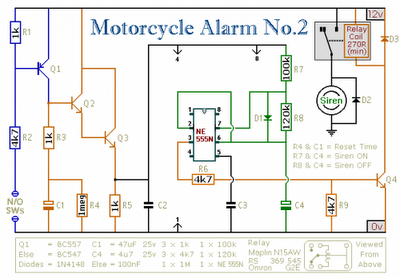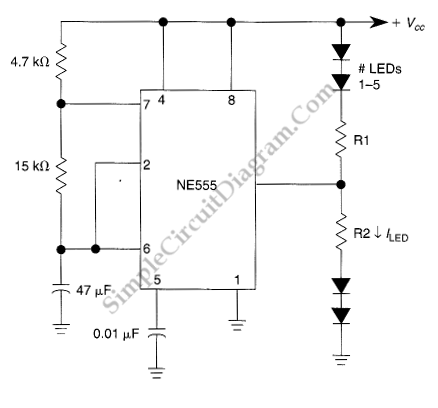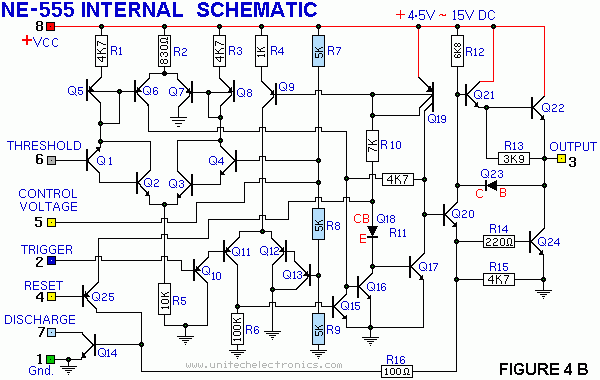
Extending 555 Timers Delay with Integrator
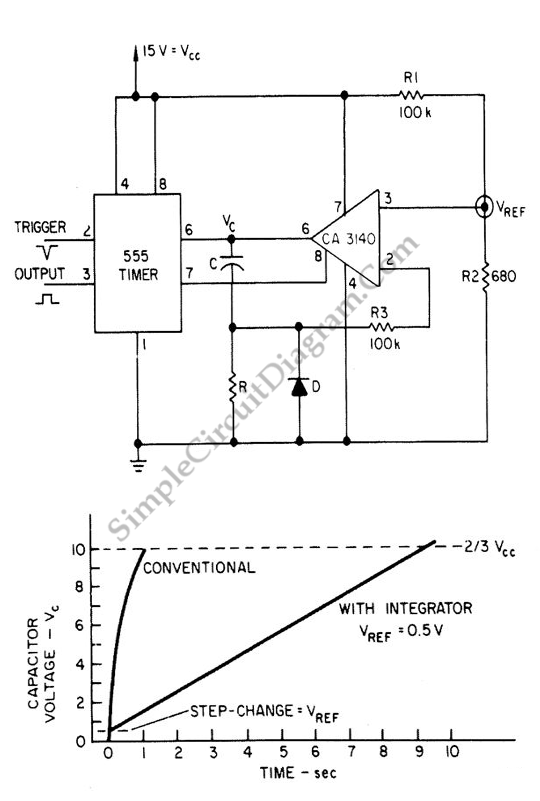
The 555 IC is a widely used component for timer circuits. By incorporating an integrator circuit, it is possible to extend the timing period of the 555 IC timer while maintaining a reasonable capacitor size.
The 555 timer IC is a versatile device utilized in various timing applications, including monostable, astable, and bistable configurations. The monostable mode allows the 555 timer to produce a single output pulse of a specified duration in response to a trigger input. In contrast, the astable mode enables the generation of continuous square wave signals, which can be used for applications such as clock pulses or tone generation.
To extend the timing period of the 555 timer, an integrator circuit can be employed. This involves the use of an operational amplifier configured as an integrator, which integrates the input signal over time. The output of the integrator can then be fed into the trigger input of the 555 timer. By adjusting the values of the resistors and capacitors in the integrator circuit, the timing period can be significantly increased without requiring excessively large capacitor values, which can be impractical in many applications.
The choice of capacitor and resistor values in both the 555 timer and the integrator circuit is crucial, as they determine the timing characteristics and stability of the circuit. It is essential to ensure that the components selected meet the required specifications for the intended application, taking into consideration factors such as temperature stability and tolerance.
In summary, utilizing an integrator circuit with a 555 timer IC is an effective method to achieve extended timing periods while maintaining manageable component sizes, thereby enhancing the functionality and applicability of the timer circuit in various electronic designs.555 IC is very popular component for timer circuit. With integrator circuit, we can extend the timing period of 555IC timer with reasonable capacitor size.. 🔗 External reference
The 555 timer IC is a versatile device utilized in various timing applications, including monostable, astable, and bistable configurations. The monostable mode allows the 555 timer to produce a single output pulse of a specified duration in response to a trigger input. In contrast, the astable mode enables the generation of continuous square wave signals, which can be used for applications such as clock pulses or tone generation.
To extend the timing period of the 555 timer, an integrator circuit can be employed. This involves the use of an operational amplifier configured as an integrator, which integrates the input signal over time. The output of the integrator can then be fed into the trigger input of the 555 timer. By adjusting the values of the resistors and capacitors in the integrator circuit, the timing period can be significantly increased without requiring excessively large capacitor values, which can be impractical in many applications.
The choice of capacitor and resistor values in both the 555 timer and the integrator circuit is crucial, as they determine the timing characteristics and stability of the circuit. It is essential to ensure that the components selected meet the required specifications for the intended application, taking into consideration factors such as temperature stability and tolerance.
In summary, utilizing an integrator circuit with a 555 timer IC is an effective method to achieve extended timing periods while maintaining manageable component sizes, thereby enhancing the functionality and applicability of the timer circuit in various electronic designs.555 IC is very popular component for timer circuit. With integrator circuit, we can extend the timing period of 555IC timer with reasonable capacitor size.. 🔗 External reference
